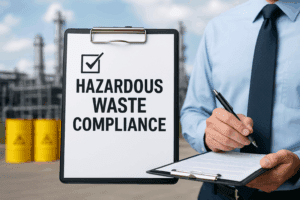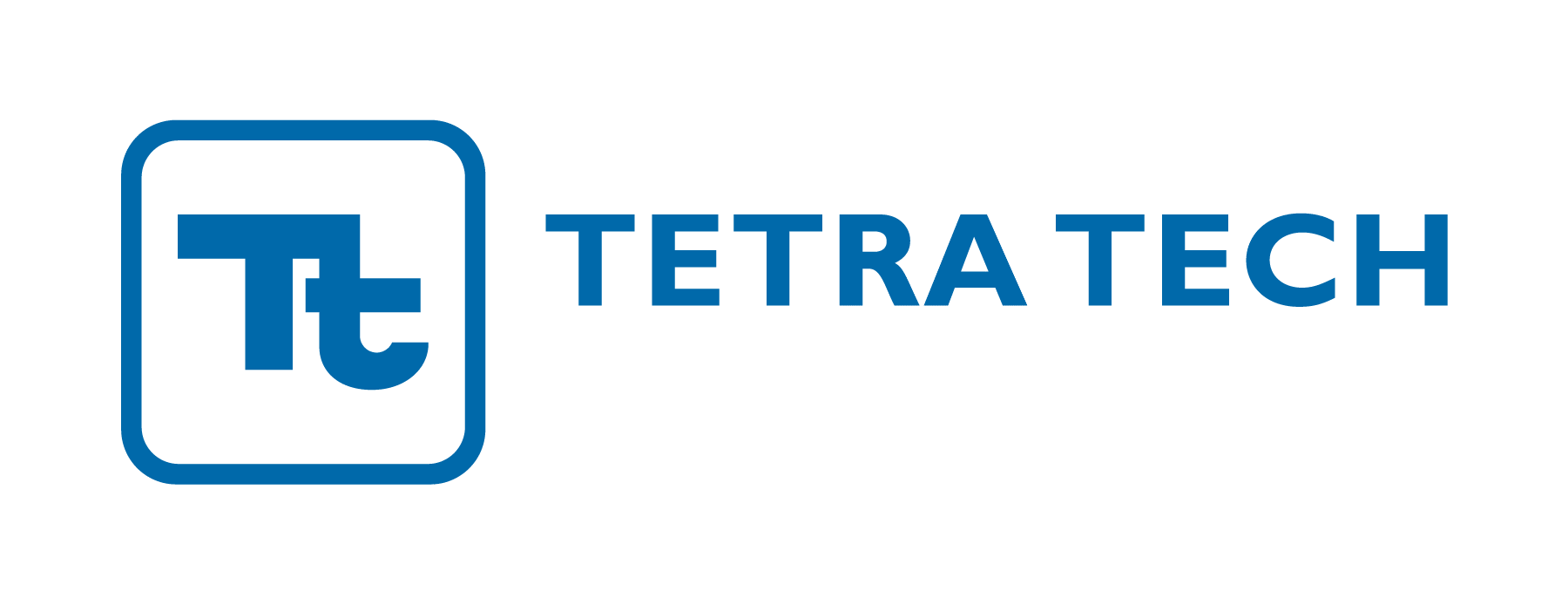The U.S. Environmental Protection Agency (EPA) recently added 18 new chemicals to its Safer Chemical Ingredients List (SCIL). With this update, the list now includes 983 substances that meet EPA’s screening criteria for lower hazard to human health and the environment.
For companies that make, move, or supply chemical products, updates like this may impact day-to-day decisions. It broadens the set of ingredients that may be used in safer formulations, helps streamline product development under regulatory frameworks like the Toxic Substances Control Act (TSCA), and signals continued momentum in federal efforts to promote safer chemistry
What is the Safer Chemical Ingredients List?
The Safer Chemical Ingredients List, or SCIL, is a publicly available inventory of chemical ingredients that the EPA has reviewed and approved based on detailed safety criteria. Each listed chemical has undergone third-party hazard profiling, with supporting data submitted by the chemical manufacturer or supplier, followed by EPA’s final evaluation.
The list is organized by functional use, such as surfactants, solvents, preservatives, and polymers, and each entry is color-coded based on the hazard it presents.
The SCIL serves as a practical resource for manufacturers by identifying safer chemical alternatives that support EPA Safer Choice product certification. It offers product developers a head start in reformulating with ingredients already vetted by EPA, while also helping procurement and compliance teams benchmark against known, lower-hazard options.
Even for companies not pursuing certification, using SCIL-listed ingredients can simplify product approvals and support corporate sustainability goals.
Details of the July 2025 Update
18 chemicals are new additions to the SCIL. While the agency has not yet published the full list of names and CAS numbers, it noted that the additions span commonly used functional classes, likely including surfactants, solvents, and formulation aids.
These substances have met the standard SCIL evaluation process, which includes hazard screening, environmental fate analysis, and third-party review. Their inclusion reflects growing engagement from chemical manufacturers and formulators in submitting safer substances for review.
The update continues a trend of incremental growth. In 2024, the agency added 27 new chemicals and moved fragrance-related substances to a newly designated palette, improving clarity and structure for that category.
Implications For Industry
For companies across the chemical and consumer goods supply chains, the SCIL is more than a regulatory list; it is a working tool. The addition of new ingredients offers more flexibility in sourcing and formulation, particularly for companies seeking to reduce hazard profiles without compromising function.
Manufacturers may find that SCIL-listed chemicals offer a way to avoid the uncertainty of new-chemical review under the TSCA. For importers and global brands, referencing SCIL listings can support due diligence efforts and simplify cross-border compliance; for sustainability and compliance teams, the SCIL can help translate internal goals into actionable procurement or product design criteria.
In short, these updates make it easier to make informed decisions and to document them.
What Companies Can Do Now
For organizations working with chemical products or ingredients, this is a timely moment to:
- Review the updated SCIL
- Reassess existing formulations for potential substitutions
- Coordinate with suppliers to understand the availability of newly listed ingredients
- Use SCIL alignment as part of internal or public-facing sustainability reporting
The EPA updates the list periodically, so staying current helps ensure access to the most relevant and accepted ingredients in a changing regulatory and market environment.
Looking Ahead
The addition of 18 new chemicals may seem like a small update, but it reflects a steady commitment to expanding the availability of safer options. As regulations continue to evolve and expectations around ingredient safety rise, tools like the SCIL make it easier for companies to stay ahead without starting from scratch.
For manufacturers and suppliers, these updates mean more options for reformulating with confidence and less guesswork when it comes to compliance. They also create opportunities to meet growing consumer demand for safer products, especially those that qualify for the Safer Choice label, which many shoppers now recognize and trust.
If your organization needs guidance on how to apply SCIL updates to your compliance strategy, reformulation work, or sustainability goals, Tetra Tech can help. Contact our team at [email protected] to get started.






